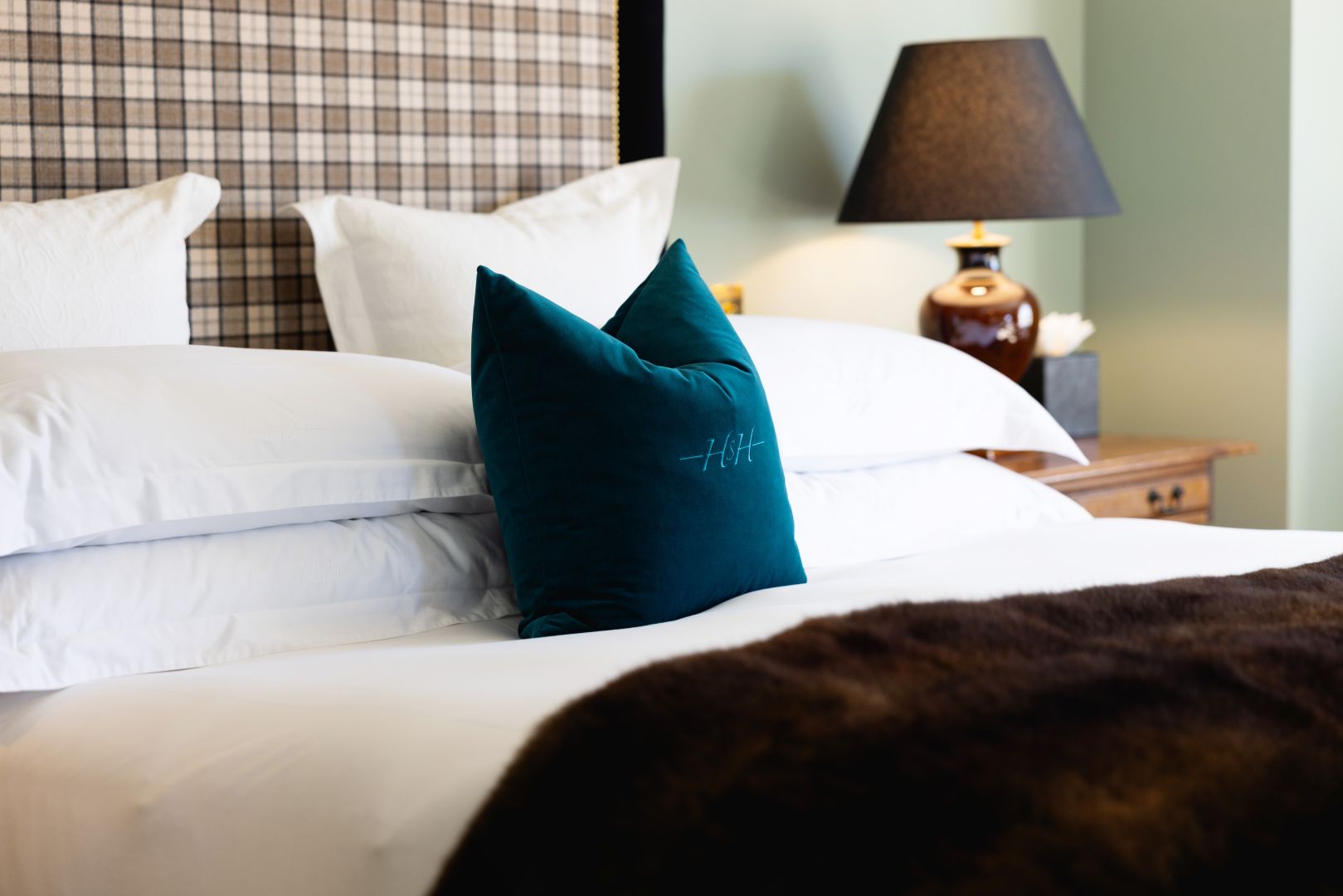The Stories...
EDWARD ELWORTHY
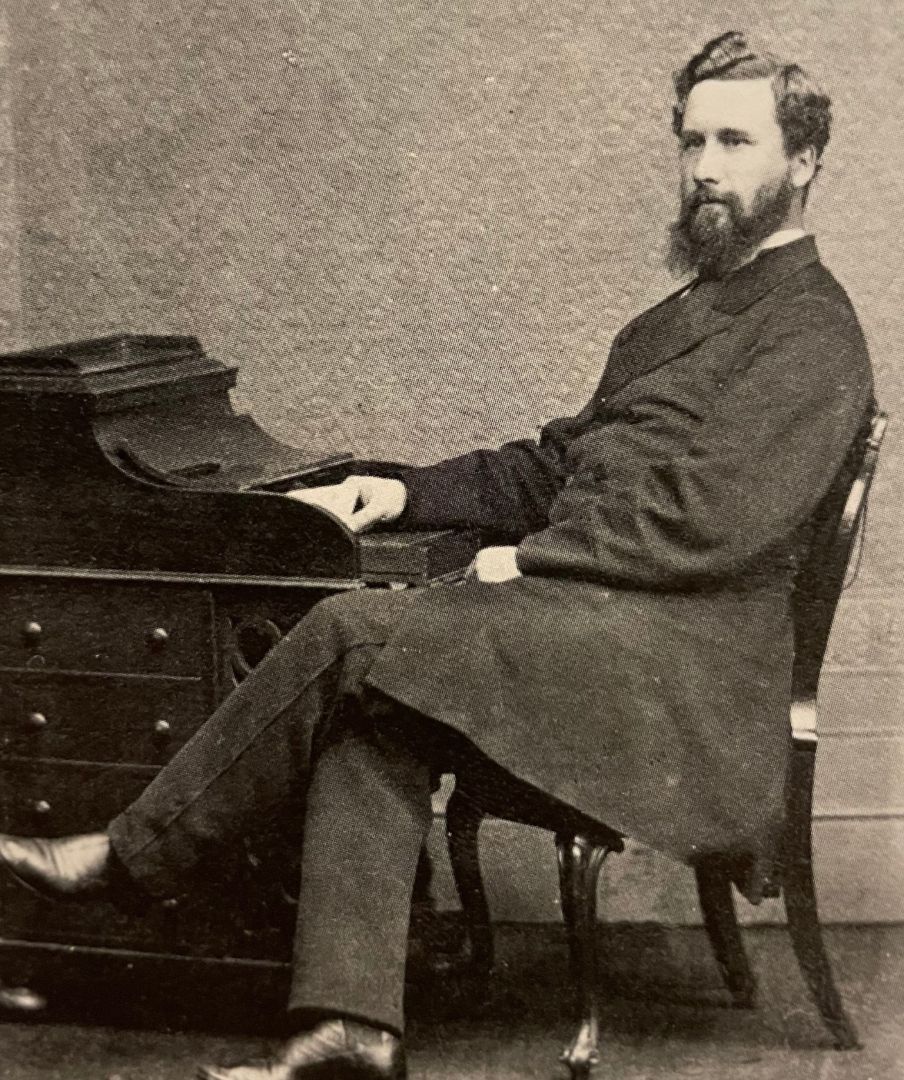
Born in 1836, Edward Elworthy came from Wellington, in Somerset England, and called his sheep station in South Canterbury, New Zealand, by an old Somerset name, Holme Station. His family was interested in the woollen mills that wove the well-known Fox’s serge. Elworthy was one of those men with the ability to create, out of nothing, conditions favourable for himself. In 1863, at the age of 27 he set out for New Zealand having made a profit on the sale of land in Toowoomba, Australia. (1) Having been thrown from a horse on his way to a property in Ashburton he was picked up by a swagger and carried back to Ashburton hospital. It was there he first heard of gossip that a partnership between two landowners was about to dissolve. After talking to the agent and riding over some of the country, he decided to throw in his lot with the remaining partner, Innes. Their partnership lasted only six months. Once on his own Elworthy had scope for his great abilities, and made Holme Station one of the finest in Canterbury.(1) He also turned his attention to cropping, with the result that Holme Station became one of the major grain-producing properties in the colony. However, the merino and the half-bred sheep farming continued to be the properties main source of income. By 1872 Elworthy's Holme Station was running 46,000 sheep on 82,000 acres.(2) Following the expiry in 1890 of Canterbury leases, Elworthy increased his freehold dramatically, acquiring many titles in the names of his wife and children. By 1892 he and his family owned 46,833 acres of freehold land - more than any other individual in South Canterbury.(2).
(1). ‘Turn Back the Clock’ - Published by A.H. and A.W. Reed, Wellington 1968. The Holme Station chapter partly reproduced brings the early days of Holme Station to life. (The book may be found in the Holme Station Library).
(2). A Background of Edward Elworthy - Founder, Holme Station. Prepared for Holme Station in 2005 by David Elworthy, a great-grandson of Edward Elworthy.
THE HOMESTEAD
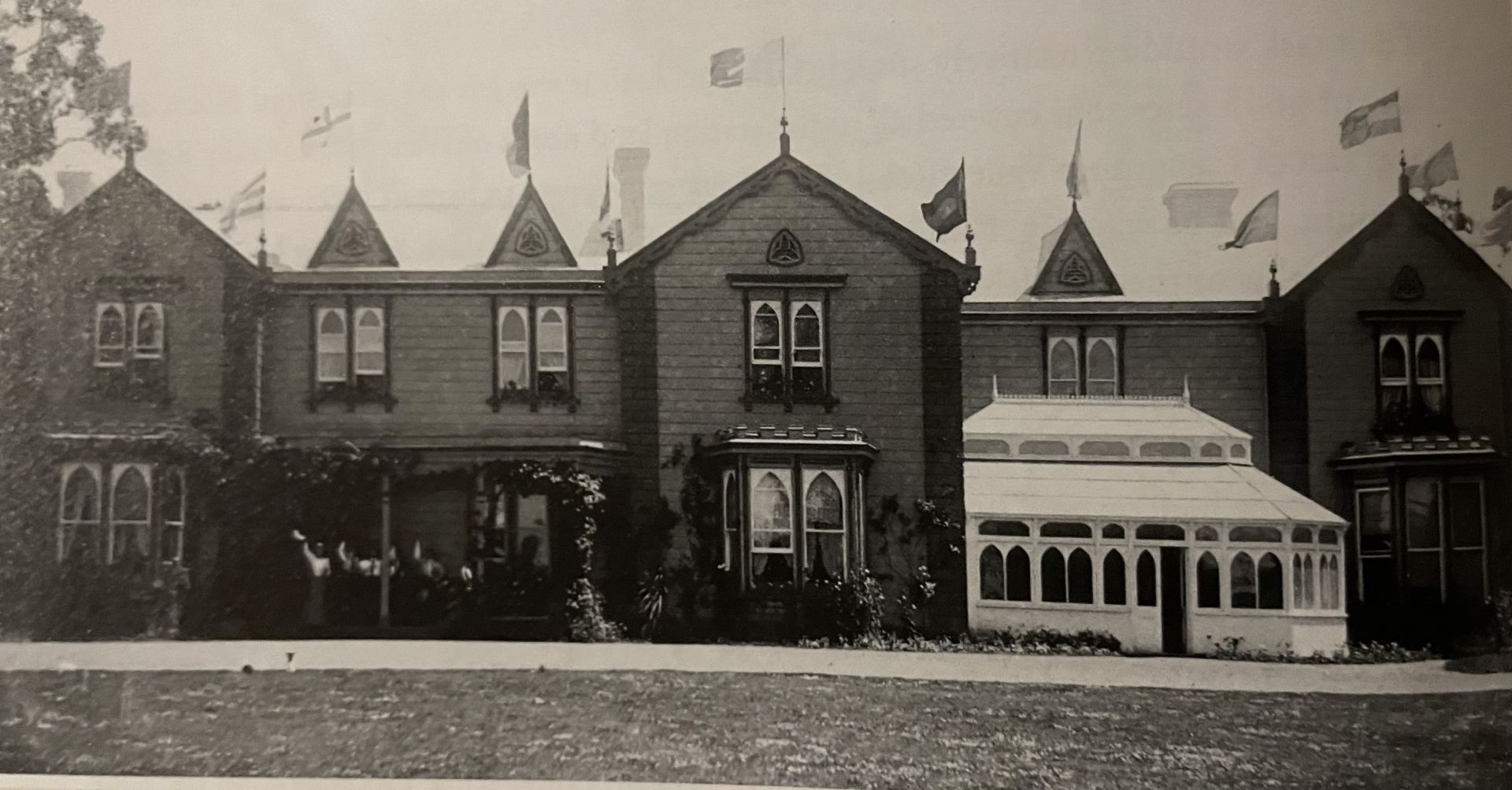
The first homestead at Holme Station was built of cob. At that early stage, the home was little more than a two-storeyed cottage with gabled windows and shingled roof but, as the family grew, additions were made until it was a large house of about 30 rooms where much entertaining was done. The Elworthy family home at Holme Station developed a reputation as one of the most hospitable houses in Canterbury. Guests stayed for weeks or even months at a time, and the Elworthy sons and daughters formed the nucleus of ‘the Flying Squadron’, a group of young people who rode direct across the country to social functions put on by run-holders all over the district. Each year brought improvements to the property. Roads were made and much entertaining took place at Holme Station. The original homestead was lost by fire in May 1910. The Elworthy family commissioned a leading Sydney-based architectural firm to design the replacement Holme Station homestead in the Lutyens Arts and Craft style, drawing inspiration from the recently completed sister-property, the Clubhouse of the Royal Sydney Golf Club.
LORD JELLICOE
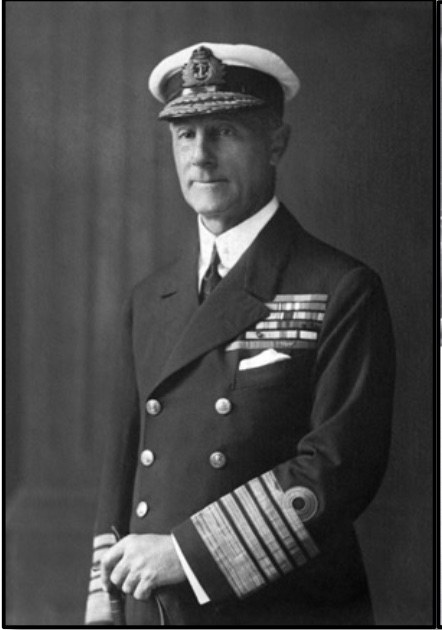
In 1919, Holme Station was host to Admiral of the Fleet Viscount John Jellicoe of Jutland. Lord Jellicoe was the Empire’s WW1 naval hero who had been Commander-in-Chief of the British Grand Fleet (151 ships) which achieved a strategic victory over the German Imperial Fleet (99 ships) in the Battle of Jutland on 31 May 1916.
Churchill once described Jellicoe as "the only man on either side who could decide the outcome of the world war in an afternoon" – so important was the task of bringing the German fleet to battle, while not unduly risking the British fleet, and thereby securing the Imperial sea lanes. The Battle of Jutland was the last-ever great battle between battleships and resulted in a strategic victory for Jellicoe, as the German Imperial Fleet never again ventured out from their bases to threaten the Imperial interests.
Following the First World War, the Dominion of New Zealand was seeking a new Governor-General. The British Government proposed Lord Jellicoe, then the Admiral of the Fleet commanding the Royal Navy - the largest navy in the world. The Imperial Government and Dominions were worried about the rise of potentially belligerent Japan due to them building large capital ships to project sea-power, which could ultimately threaten the Empire’s maritime interests in the Pacific. The Dominions required a comprehensive naval strategy, which enabled defensive capability in the Pacific, as well as supplementing Imperial naval interests. After completing his 1919 tour of the Dominions of India, Canada and Australia on HMS New Zealand as the world’s pre-eminent naval strategy expert, Admiral Viscount and Lady Jellicoe settled into Holme Station to prepare and advise on the naval options, prior to his appointment as Governor-General. Jellicoe’s imperial naval strategy paper identified the strategic requirement for naval supremacy over Japan, and advocated a Royal Navy Pacific battle-fleet, supported by the major Dominions. That solution was ultimately seen as too expensive by the Imperial Defence Council, and so the great naval base at Singapore was established to support a deployed British fleet to counter any future Japanese threat.
Jellicoe’s time in Holme Station was unique in New Zealand’s history. Only the Government knew the true purpose of his visit to these shores. He enjoyed the fine fly fishing, and the opening of buildings and civil functions throughout the region.
Admiral of the Fleet Viscount Jellicoe GCB OM GCVO SGM served as New Zealand’s first Governor-General from 27 September 1920 until 12 December 1924. New Zealand's current Govenor-General Her Excellency The Right Honourable Dame Cindy Kiro stayed at Holme Station in 2022.
THE LAKES
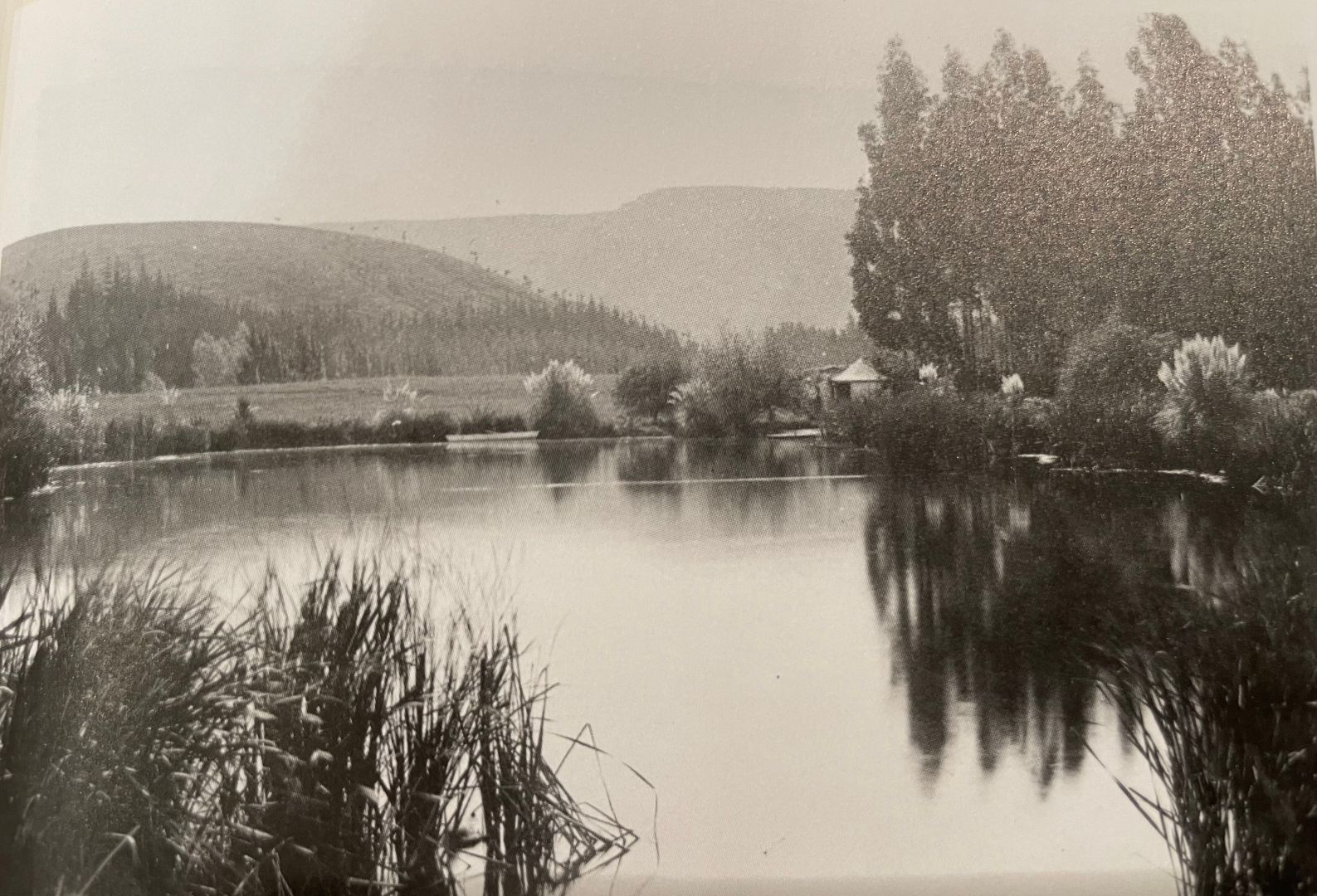
At the rear of the current homestead lies the area once treasured by the Elworthy's and shared with family and friends. These photos show the lakes in 1893 and 1894, with Archdeacon Henry Harper, of local St Mary's, setting the style. At the school picnic day in 1893 ‘A feature in the entertainment was a very pretty lake situated a short distance from the grounds in which a boat was provided, and that was kept going from the beginning of the day until the evening, by which time nearly every man on the ground had a try at rowing.’ Holme Station was the first residential home in the Colony to have it’s own electricity generating plant with single cell batteries under the floor, to be charged during the day by their own hydro-electrical plant (with a water race down from the former lakes by today’s implement shed) and discharged by night to light the house interior. Although the lakes are currently dry the historical base and land formation of the original lakes are still visible today.
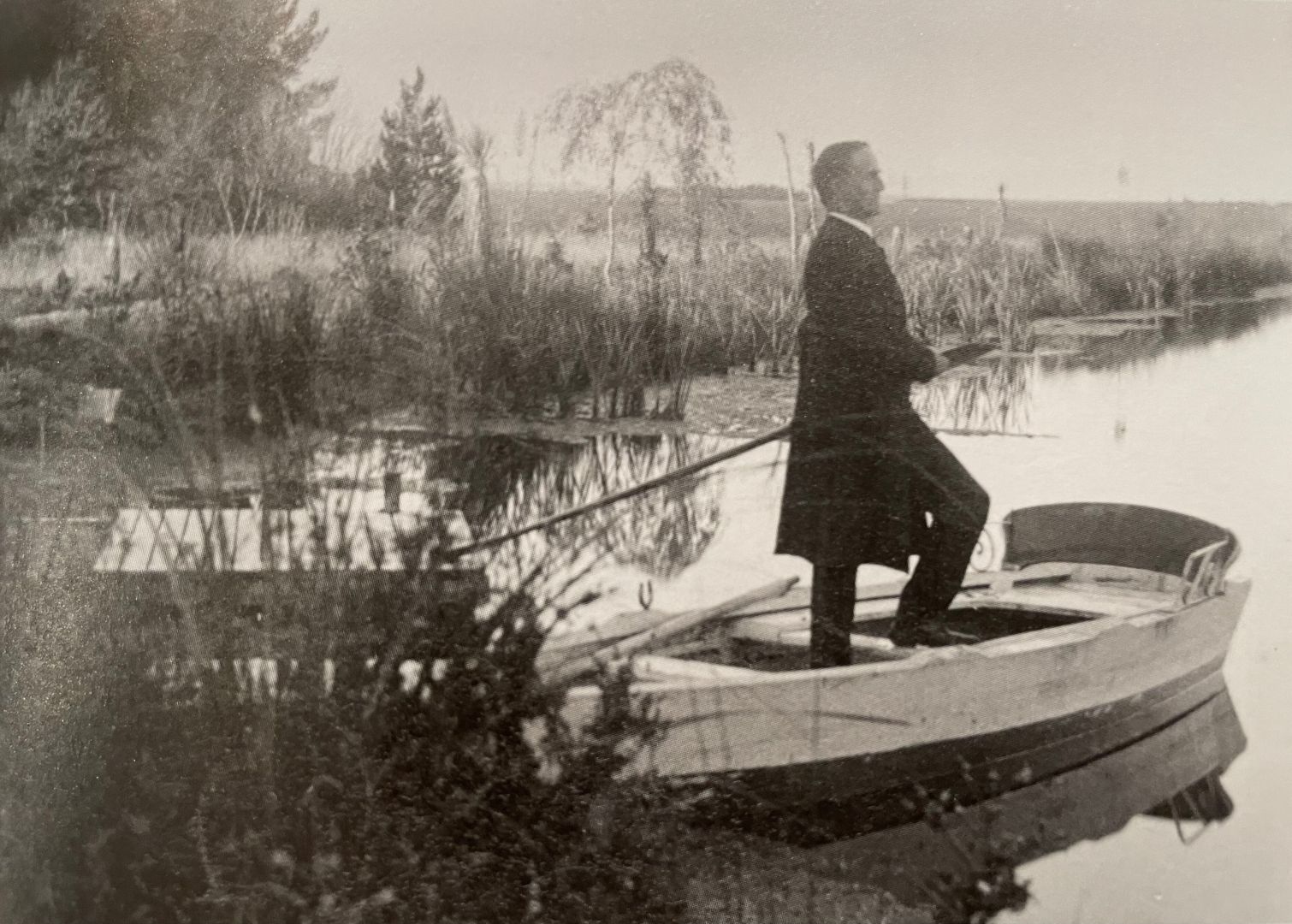
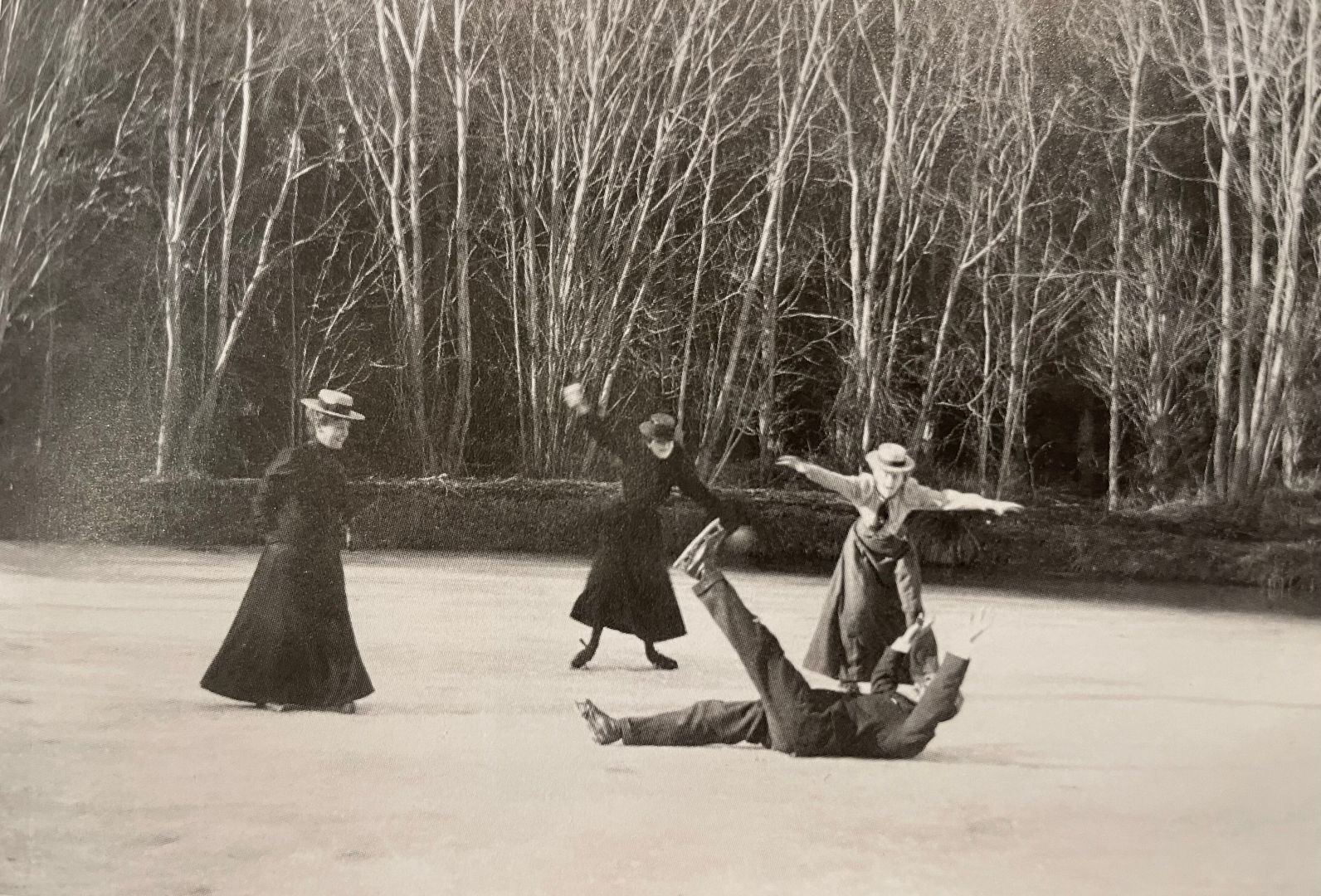
(Above) Edith Elworthy and friends skating on the lake, perhaps during the severe cold snap Canterbury experienced in 1895.




